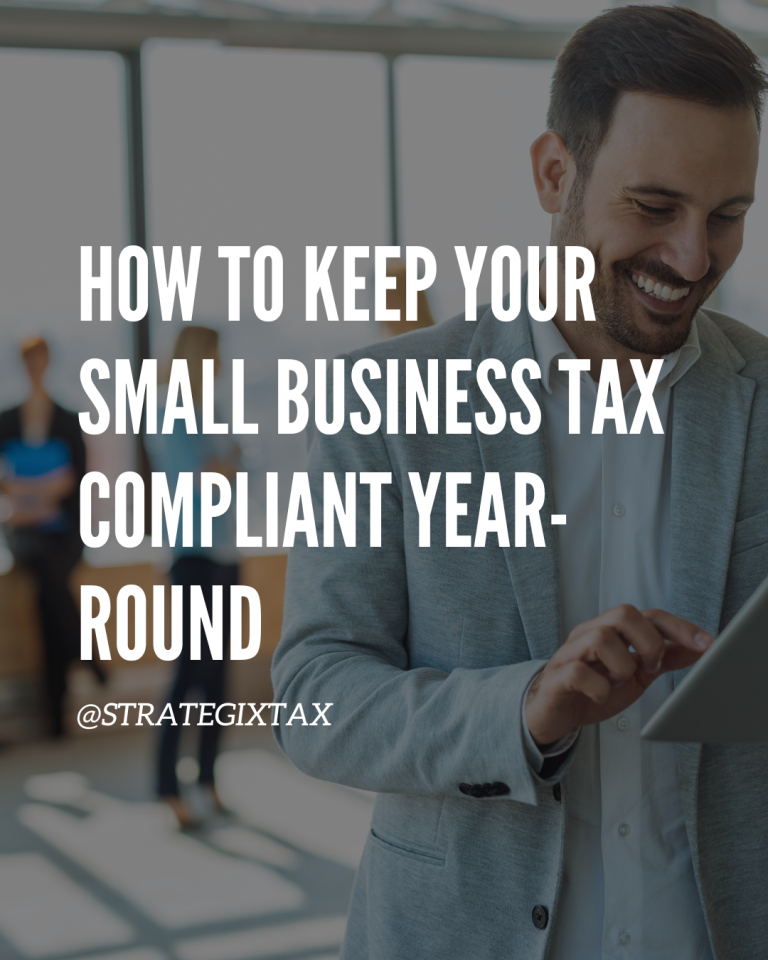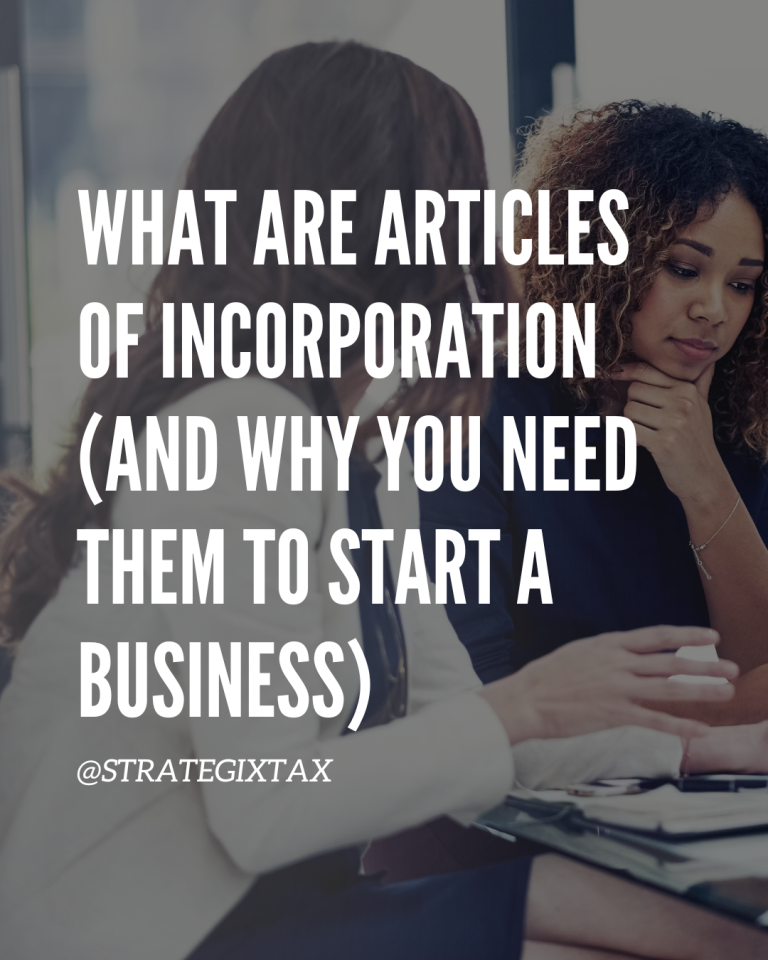Starting or running a nonprofit is a meaningful way to serve your community—but even nonprofits have paperwork and tax responsibilities. The good news? This guide breaks everything down in clear, everyday language so you can focus on your mission, not get lost in tax jargon.
We’ll cover:
- What makes a nonprofit different
- What documents you need to get started
- How taxes work for nonprofits
- What to do with donations and income
- Key terms explained
What Is a Nonprofit Organization?
A nonprofit is a business that’s created for a public or charitable purpose, not to make profits for owners or shareholders. Common types include:
- Charities
- Churches or religious groups
- Educational programs
- Animal rescues
- Community service groups
Any money the organization earns or receives through donations must go back into the mission—not into someone’s pocket.
Step 1: Filing the Right Documents to Become a Nonprofit
To be recognized as a legal nonprofit (and get tax benefits), you need to register your organization at both the state and federal level.
Here’s how:
A. State-Level Formation
1. Articles of Incorporation
This is a legal document that creates your organization under state law.
👉 Make sure to include nonprofit-specific language that explains your purpose and what happens to your assets if the nonprofit closes.
2. Bylaws
These are the internal rules that explain how your nonprofit will operate—how decisions are made, how board members are chosen, etc.
3. Board of Directors
You’ll need to assign at least 3 people (in most states) to serve as your board of directors—they help make big decisions for the nonprofit.
4. EIN (Employer Identification Number)
Think of this as your nonprofit’s Social Security Number. It’s free from the IRS and required to open a bank account, hire employees, or file taxes.
5. State Tax-Exempt Registration (if applicable)
Some states require a separate application for sales or property tax exemptions.
Step 2: Applying for Federal Tax-Exempt Status
This is the big step that allows your nonprofit to avoid paying federal income taxes and lets donors make tax-deductible contributions.
You’ll apply with the IRS (Internal Revenue Service) for 501(c)(3) status, which is the most common type of nonprofit classification.
You’ll need:
- IRS Form 1023 (or Form 1023-EZ for small organizations)
- A detailed description of your purpose and planned activities
- Your Articles of Incorporation and Bylaws
- A list of your board members
- A proposed budget or financial projections
Quick Definitions:
- 501(c)(3) – A section of the IRS code that gives tax-exempt status to charitable nonprofits.
- Form 1023 – A detailed application for tax exemption.
- Form 1023-EZ – A shorter, online version for nonprofits with projected income under $50,000/year.
Step 3: Filing Taxes as a Nonprofit
Even though nonprofits don’t pay income taxes, they still need to file a tax return every year to maintain their exempt status.
The return is called a Form 990 and comes in different versions depending on your income:
| Annual Gross Receipts | File This Form |
|---|---|
| Under $50,000 | Form 990-N (e-Postcard) |
| $50,000–$200,000 | Form 990-EZ |
| Over $200,000 | Form 990 |
These forms are public records, so anyone can look them up. They help keep nonprofits transparent about where their money goes.
What’s Included in a Form 990:
- How much money you made and spent
- Who your board members are
- Your mission and activities
- Any major donors or grants received
What to Do With a Nonprofit’s Income
If you’re running a nonprofit, the big rule is: you can’t use your income for personal gain. Here’s how income can be used properly:
✅ To pay for programs and services
✅ To pay employee salaries (including yours)
✅ To rent or buy space
✅ To buy supplies or equipment
✅ To cover marketing, events, training, and admin work
You can earn income from:
- Donations
- Fundraisers
- Program fees
- Grants
- Sponsorships
But all income must go back into supporting the organization’s purpose.
Can a Nonprofit Pay People?
Yes! Nonprofits can pay employees fair and reasonable salaries. You just can’t overpay or treat the nonprofit like a personal piggy bank.
You can also hire independent contractors or pay for services like accounting, web design, or consulting.
What Happens If You Don’t File?
If you don’t file Form 990 for three years in a row, the IRS will automatically revoke your tax-exempt status. You’ll have to reapply and may owe back taxes.
Final Notes
Starting a nonprofit takes paperwork and patience, but it’s worth it if you’re passionate about helping others. Just remember:
- Get your federal and state documents in order.
- Apply for 501(c)(3) tax-exempt status.
- File a tax return every year.
- Use your income to support your mission—not yourself.
There are local nonprofit resource centers and legal clinics that offer free help if you feel stuck or confused. You’re not alone!



